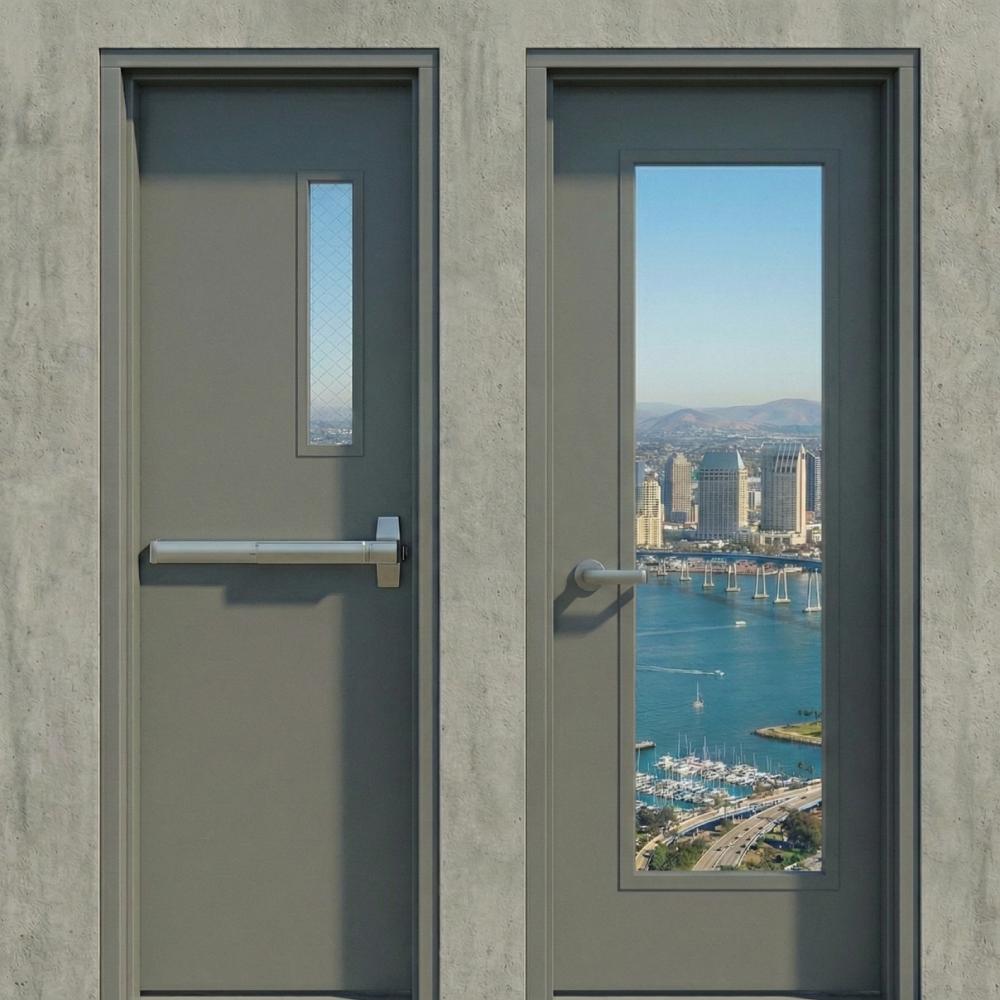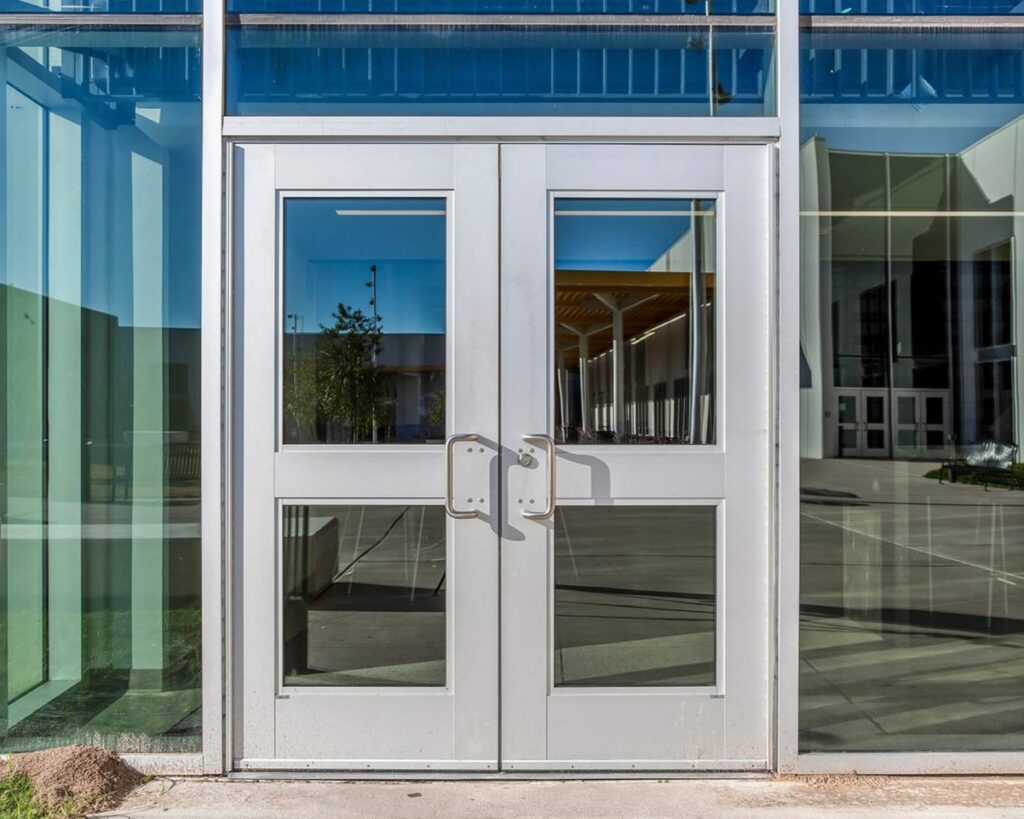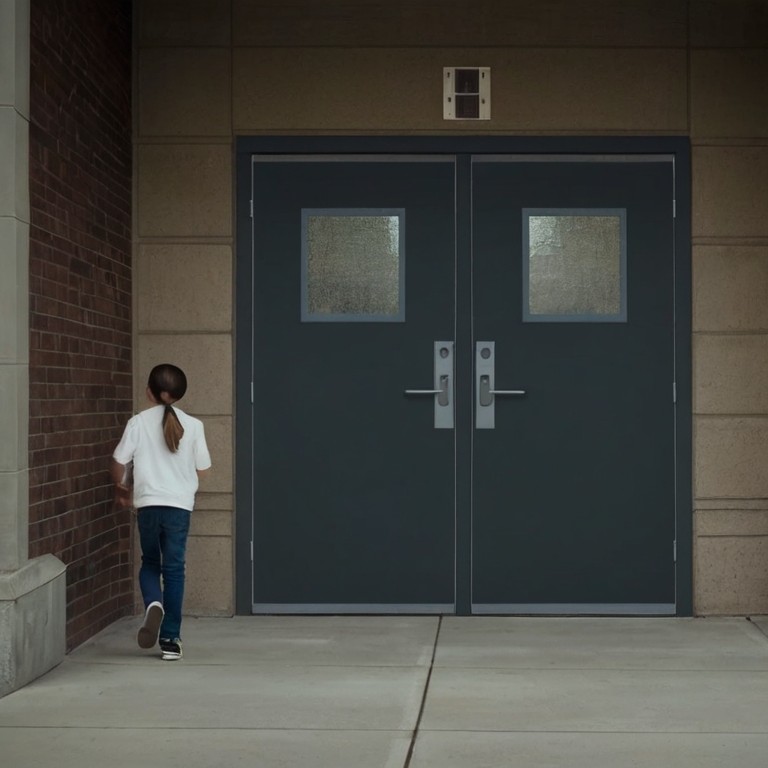Hollow metal doors typically come in a variety of handing options to suit different installation requirements. “Handing” refers to the direction in which the door swings and the location of the hinges and hardware. Understanding the handing options available can help you select the right door for your project. Here are the common handing options for hollow metal doors:

Right Hand (RH):
This option means that when you are standing outside of the door, the hinges are on the right side and the door swings inward.
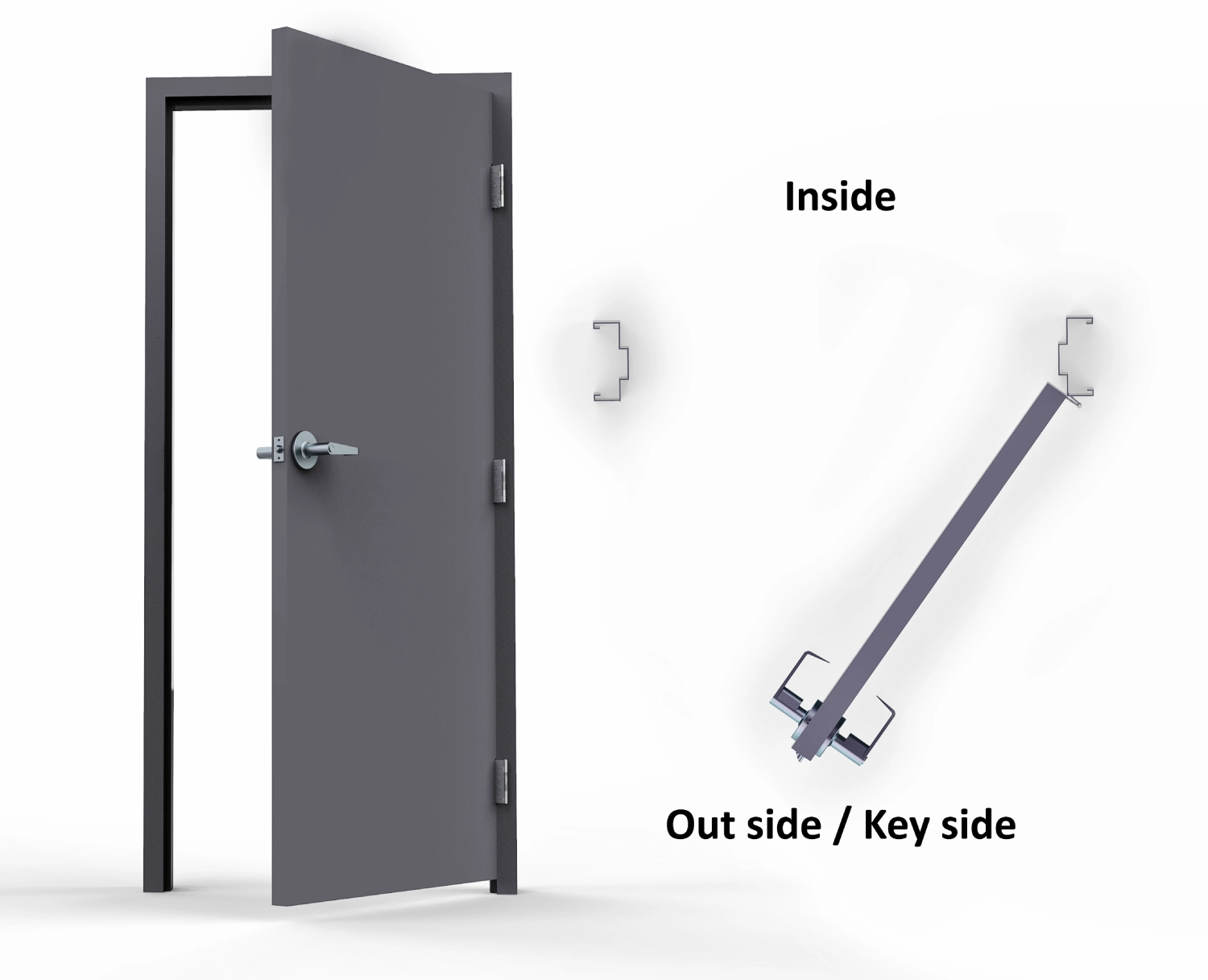
Right Hand Reverse (RHR):
This option means that when you are standing outside of the door, the hinges are on the right side and the door swings outward.

Left Hand (LH):
This option means that when you are standing outside of the door, the hinges are on the left side and the door swings inward.
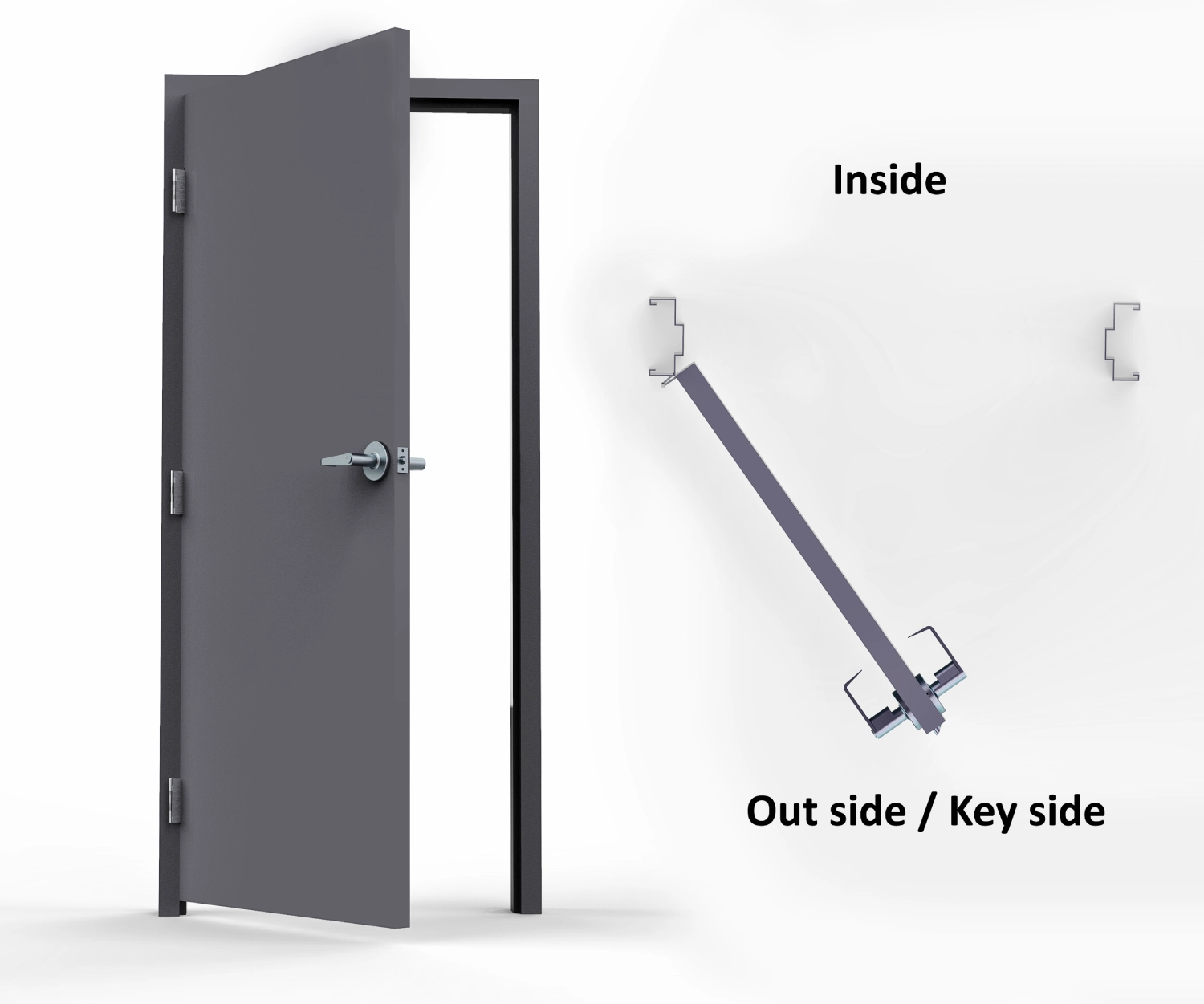
Left Hand Reverse (LHR):
This option means that when you are standing outside of the door, the hinges are on the left side and the door swings outward.
To determine the handing of a door, imagine yourself standing outside the door, looking at it. If the hinges are on the left side and the door swings inward, it is a left-hand inswing door (LH). If the hinges are on the right side and the door swings inward, it is a right-hand inswing door (RH). If the hinges are on the left side and the door swings outward, it is a left-hand outswing door (LHR). If the hinges are on the right side and the door swings outward, it is a right-hand outswing door (RHR).
Hollow metal doors are typically manufactured to fit specific handing options, so it is important to determine the correct handing before purchasing a door. Additionally, the handing of the door will affect the placement of the hardware, such as the lock and handle, so it is important to select the correct handing to ensure proper operation and security.


